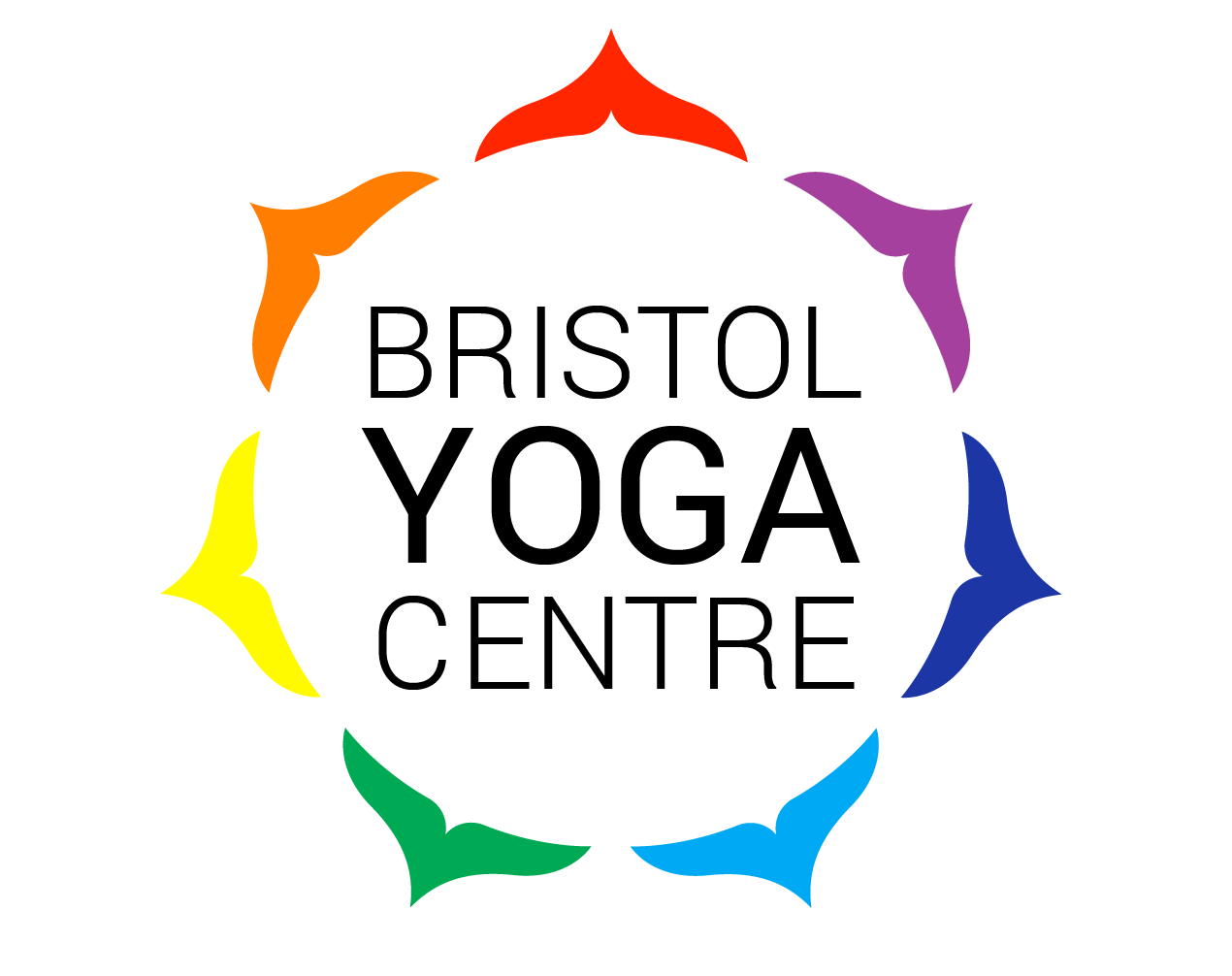I realised that I’ve mentioned Pawanmuktasana in couple of my other blogs (Sukhasana and Yoga for Neck & Shoulders) previously and haven’t yet explained what it is!
Pawankuktasana is a series of exercises developed by the Bihar School of Yoga to free-up tension, improve circulation and limber the whole body. It’s a gentle and effective movement that can be practiced by everyone. It works by using slow repetitive movements with the breath. You probably have come across some of these exercises in your yoga class as they are often used as a warm up.
In Sanskrit ‘Pawan’ means wind or energy,‘mukta’ means release, and ‘asana’ are the postures, these remove blockages especially in the joints and muscles. This is why Pawanmuktasana is some times translated as the Joint Freeing Series.
There are three series, each targeting specific areas of our body and mind:
1. Anti rheumatic for loosening joints of the body
2. Digestive and abdominal group
3. Shakti Bandha or energy block
These sequences become more challenging as they progress and the Pawanmuktasana series 3 requires quite a bit of flexibility in the ankles, legs and hips, which are addressed in the earlier series. To see the complete series, take a look at the book ‘Asana Pranayama Mudra and Bandha’ by Swami Satyananda Saraswati. Alternatively, it can be found online here https://www.youtube.com/watch?v=HzQU4lQUnwA
Mukunda Stiles, founder of Yoga Therapy centre, condensed the Pawanmuktasana series to a shorter more accessible format. See here for an example of his work. This is an excellent progressive sequence that gently works the whole body. I’ve used this sequence in my yoga classes and students have commented on how relaxing and meditative it is, they were also surprised how energised they felt afterwards.
Pawanmuktasana series are referred to as Sukshma Vyayama, which actually means subtle practice. As Swami Satyananda Saraswati says, ‘it should never be ignored and treated casually just because the practices are simple, gentle and comfortable’.
The easy joint and muscle movements not only increase flexibility of the body, but also the mind. As the mind focuses on the movement, breath and energy, it begins to settle and relax. Our practice then becomes an exquisite moving meditation. It’s beautiful to witness this in action, as Leonardo da Vinci says ‘simplicity is the ultimate sophistication’.

